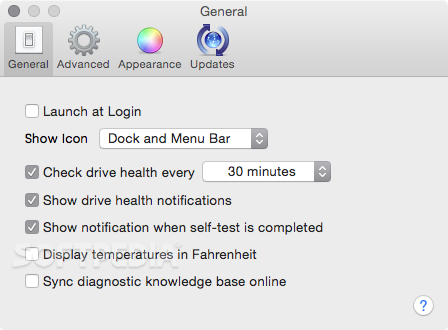

For me, however, it was an abrupt transition from normal operation to "unusable" because Adobe Premiere filled up all available hard drive space on the system disk within a few minutes. These arise because he is desperately trying to shovel data back and forth in order to somehow be able to continue. When the hard drive space on my "Macintosh HD" was only a few hundred megabytes large at some point, the finder raised the white flag and hung itself.Īs a rule, you will notice that the hard drive is getting fuller long beforehand because the finder is becoming more and more sluggish and occasionally has small dropouts. The whole thing happened when editing videos with Adobe Premiere, although a few gigabytes of new data quickly develop that need to be written somewhere. In the last few years, I've managed to shut down my Mac exactly once by filling the startup volume completely with data. There are numerous instructions in the FAQ or the knowledge base. After a restart, however, the problem occurs again and you have to disconnect the hard disks again briefly if you want to run evaluations with DriveDx. For me, the external hard drives then appeared with all evaluations in DriveDx. However, the solution is very simple: pull out the hard drive (after ejecting it in the Finder) briefly unplugged from the Mac and plugged it in again. This means that DriveDx cannot access the external hard drives after the system has started.
DRIVEDX FULL VERSION DRIVER
The internal SSD of the MacBook Pro 2018, which you can see here, has had little to do so far and is therefore in excellent condition.Īfter a short email exchange with DriveDx support, it was also clear why this was the case: On Macs with the T2 security chip (such as the MacBook Pro from 2018 or the iMac Pro), the USB driver from DriveDx is activated by the macOS when booting Driver overwritten.

In the main window of DriveDx, the user can see directly from the three upper values whether one has to worry about the selected drive.
DRIVEDX FULL VERSION SOFTWARE
The whole thing is an industry standard and is now available in almost all hard drives, but as a user you usually don't see much of it unless you have just installed software like DriveDx. SMART stands for Self-Monitoring, Analysis and Reporting Technology - In other words: A system with which the hard drive can monitor itself and output analyzes and status reports.
This Mac app can be used to monitor internal and external hard drives by checking the SMART status ( Wiki) of the drive is queried and evaluated. Only recently I came across the small tool "DriveDx" through a report in the English Macworld (here the Download link).
DRIVEDX FULL VERSION UPDATE


 0 kommentar(er)
0 kommentar(er)
